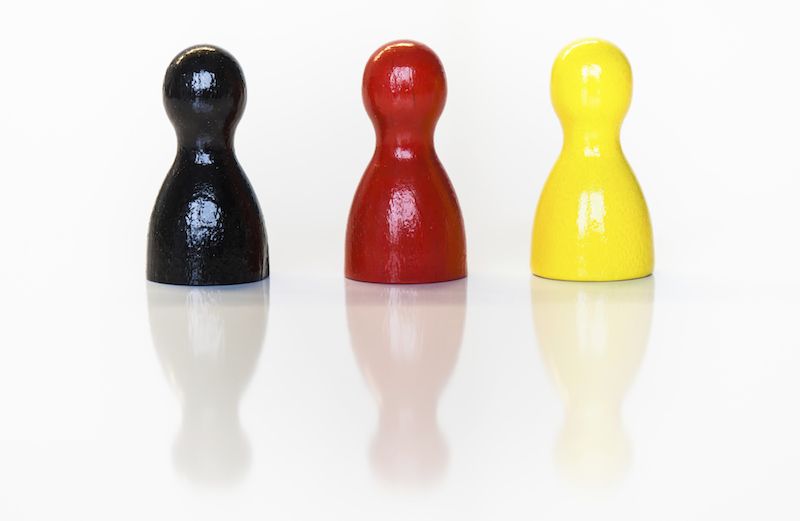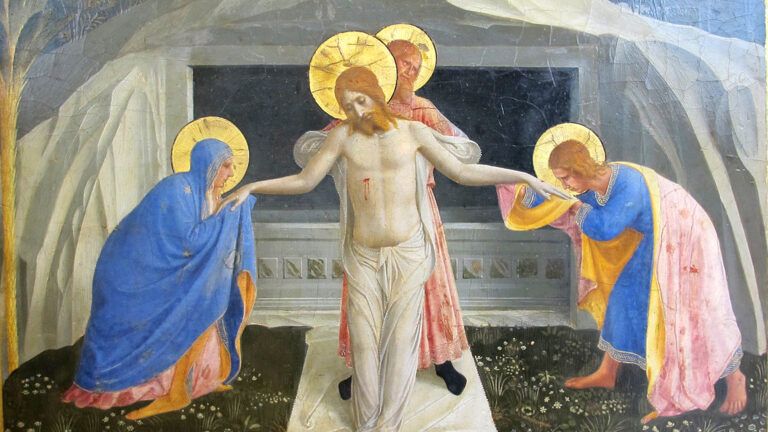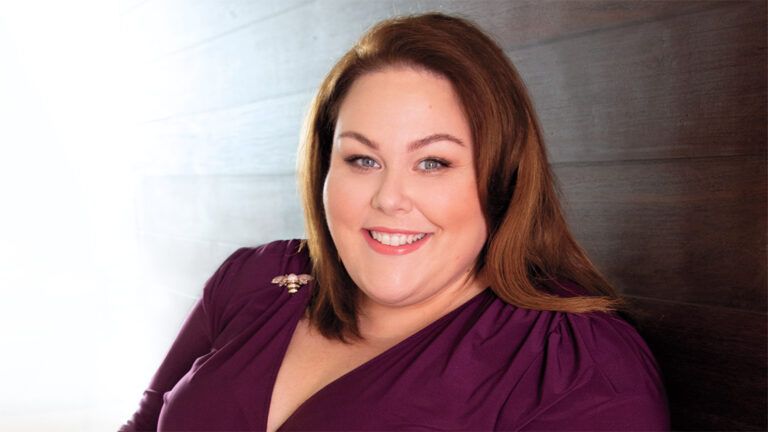One day, deep into my research for a book about World War II, I encountered a photo that stopped me cold. Suzanne Spaak was a lovely woman in her 30s with a soulful gaze. Who are you? I wondered, searching the photo for clues. The caption linked her to an espionage ring in Paris, but that didn’t give me much to go on. What was the story behind this mysterious woman?
In 2009 I finally tracked down her daughter Pilette, an 80-year-old knitting instructor in suburban Maryland. I gave her a call. “Everyone thinks Mama was a spy,” Pilette told me, “and I wouldn’t care if she was, but she was actually something very different.”
It turned out that her mother’s principal activity was organizing a network that rescued hundreds of Jewish children from deportation to Auschwitz. But amid all the publications about World War II, Suzanne Spaak’s story had never been told.
She was born into a wealthy Catholic family and married into a political dynasty that was Belgium’s version of the Kennedys. Her brother-in-law, Paul-Henri Spaak, was Prime Minister and a wartime leader. His writings were published and collected in the national archives. But as a wife and mother, Suzanne was omitted from the archives, and as a member of the Resistance, she worked in secrecy.
A few months after we spoke on the phone, I met Pilette in person. She was a spritely grandmother. She’d been through more ordeals by the age of 20 than many experience in a lifetime, but she maintained a puckish sense of humor and an indomitable spirit. I got into the habit of buying her lunch on my trips to Washington, scribbling notes as she ate.
Her mother Suzanne received an education in embroidery and household management, but she pursued her own passions for literature and social reform. She was especially moved by the plight of penniless immigrants. As a young wife in Brussels, she joined a women’s group and met Jewish women who had fled persecution in Eastern Europe. One of them, a social scientist named Mira Sokol, shared her love of reading and reform, and needed her support. The two became close friends.
Suzanne’s husband, Claude, was a difficult man with a short fuse, who moved the family to Paris in 1938 to advance his playwriting career. Mira and her husband moved to Paris a little later, and Suzanne found comfort in Mira’s friendship. When the Germans invaded in 1940, the Spaaks joined millions of Parisians fleeing the city. They planned to leave for New York, but German forces cut off their route to the sea and they returned to Paris.
The Spaaks’ money and privilege shielded them from the worst hardships of the Nazi occupation. Mira and her husband were not so lucky. Over the course of the occupation, Suzanne watched with dismay as Jews were deprived of the right to use public parks, go to the movies, own a bicycle or a radio. Suzanne offered her help to the Jewish underground, even though she had to convince them that as an outsider, she was sincere. When the Germans arrested Mira and her husband, it increased Suzanne’s determination.
Because Suzanne was not Jewish, she could travel freely, knocking on doors and asking for funds and assistance for the targets of the arrests. She listened to BBC broadcasts illegally and shared the news with friends. She sheltered Jewish fugitives in her home, employing them as “tutors” and “maids.”
Suzanne enlisted her children in her efforts. Pilette, 15, joined her mother in the kitchen to forge documents. She learned how to lift the old signatures from the ID cards with a hot iron and a damp cloth, leaving a space to write in the new identity. Her little brother, Bazou, carried messages to members of the French Resistance.
Things got worse, much worse. The French police began by registering immigrant Jews, then arresting them and finally deporting them to an unknown destination in “the East.” The French were used to deportations. Millions of French prisoners of war and workers had been shipped on railway cars to work on German farms and in factories. At first, the public assumed that the immigrant Jewish men were experiencing the same fate. Then, in July 1942, the Nazis ordered a massive arrest of over 11,000 Jewish men, women and children. It was obvious that something more dire was going on. By October 1942, the Jewish underground had begun to receive credible reports of the extermination camps, though the details were far from clear.
In February 1943, Suzanne learned that the Nazis were planning to make a mass arrest of children in Jewish orphanages, and deport them to Auschwitz. She had heard that Pastor Paul Vergara, from the Protestant church near the Louvre, had preached stirring sermons denouncing the persecution of the Jews. She showed up at his office and told him what was about to happen.
Pastor Vergara was joined by Marcelle Guillemot, who ran the church soup kitchen. The trio hatched a plot. The next Sunday, Marcelle Guillemot slipped a note to female members of the congregation she regarded as most trustworthy. On the morning of February 15, some 25 Protestant women and 15 Jewish women showed up at the orphanages singly or in pairs, volunteering to take the children for a walk. The children would never return.
That morning Suzanne told Pilette she would be skipping school; her mother needed an extra pair of hands. They headed to the Protestant soup kitchen at dawn. Gradually the women arrived with the ragged, hungry children, 63 in all, ranging in age from 3 to 18. Those over the age of six wore the required yellow star. Suzanne and her friends briskly registered their names, preparing records for relatives who might claim them after the war. They received a hot meal and a change of clothes, and their yellow stars were burned in the stove. Next came temporary lodging. Pastor Vergara called his parishioners to take children in, and welcomed a group into his own family. Suzanne sent a dozen children to her country house in Choisel. The grand Countess de la Bourdonnaye took in five, and so did a humble concierge.
In the days following “le kidnapping,” Suzanne rode the trains across France. Her practice was to find a village with a Catholic church, go into confession, and ask the priest for names of families who might host a child on a long-term basis. Then the children would be shuttled from Paris to the countryside. Suzanne took the lead in organizing the funds to pay for their upkeep until the end of the occupation.
I spent nearly eight years piecing together the story of Suzanne Spaak and her network. I found two of the rescued children—now in their 70s—a few weeks after they had left a wreath at Suzanne’s grave, unaware that she had children of her own. I introduced them to Pilette more than 60 years after she helped her mother save their lives.
Pastor Vergara and Marcelle Guillemot are also long dead, but I visited their soup kitchen and sanctuary. Each spot bears a small plaque recognizing their efforts. But when I told the pastor I was writing a book about these acts of courage and compassion, he looked at me quizzically. “Why?” he asked. “It was the natural thing to do.” His congregation was guided by love, in fellowship with Suzanne Spaak.
For more angelic stories, subscribe to Angels on Earth magazine.





